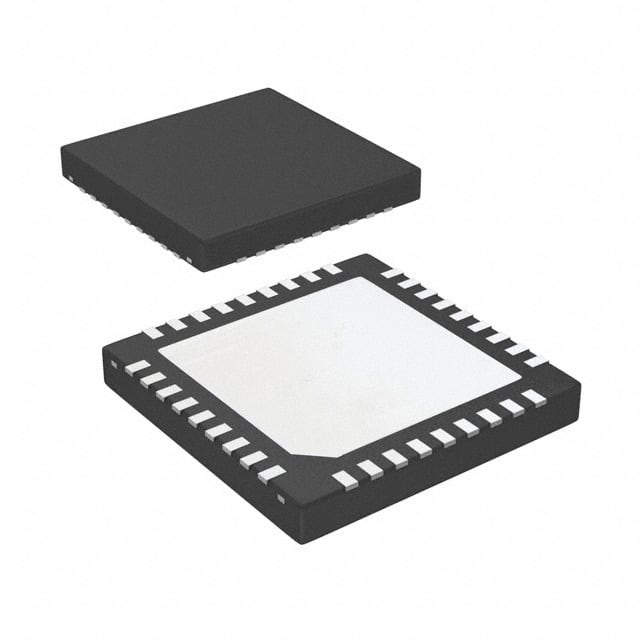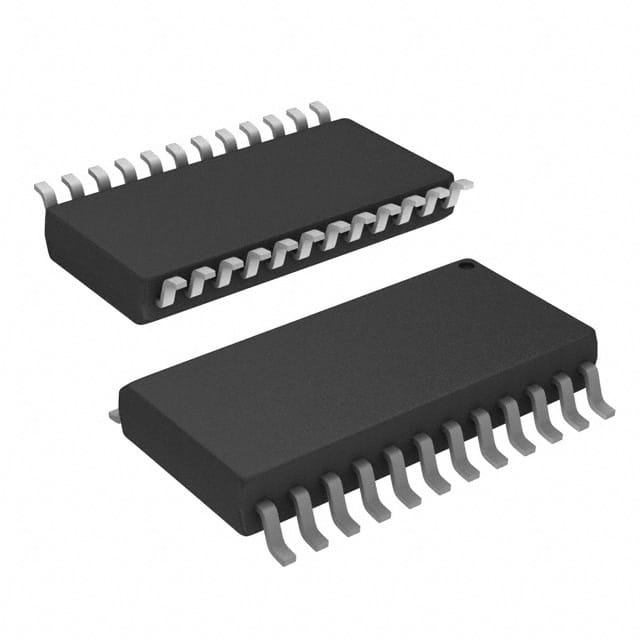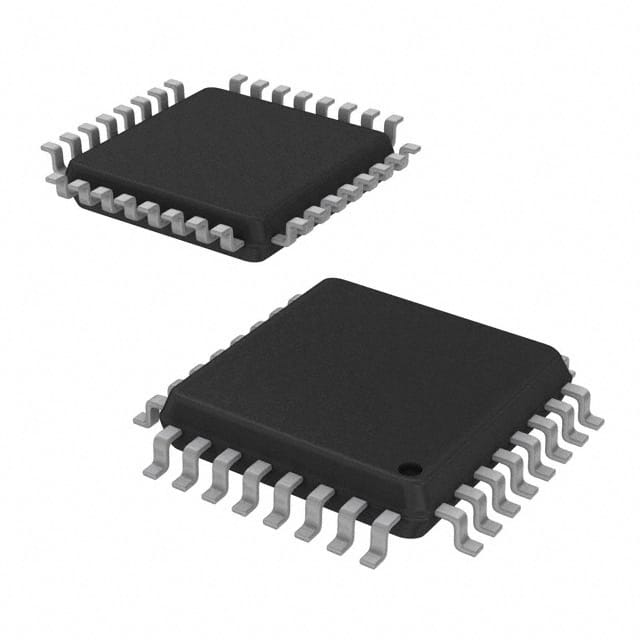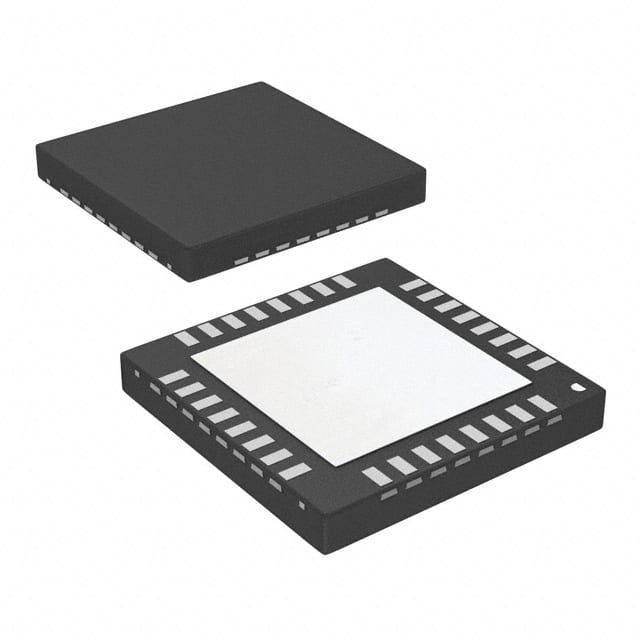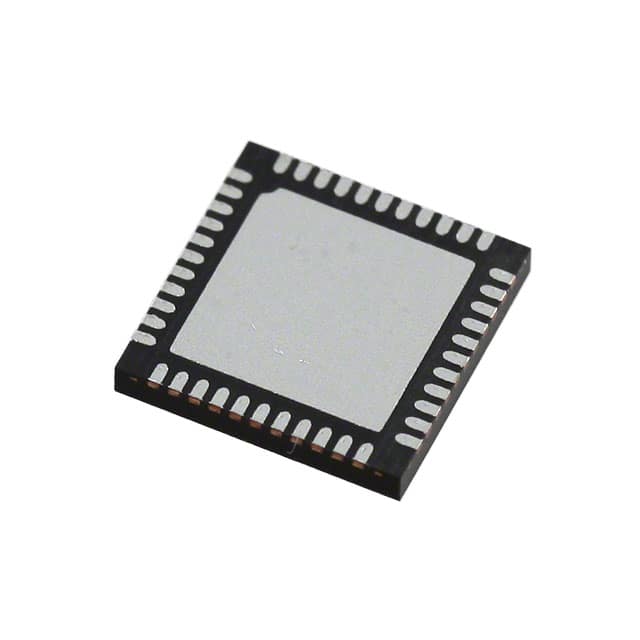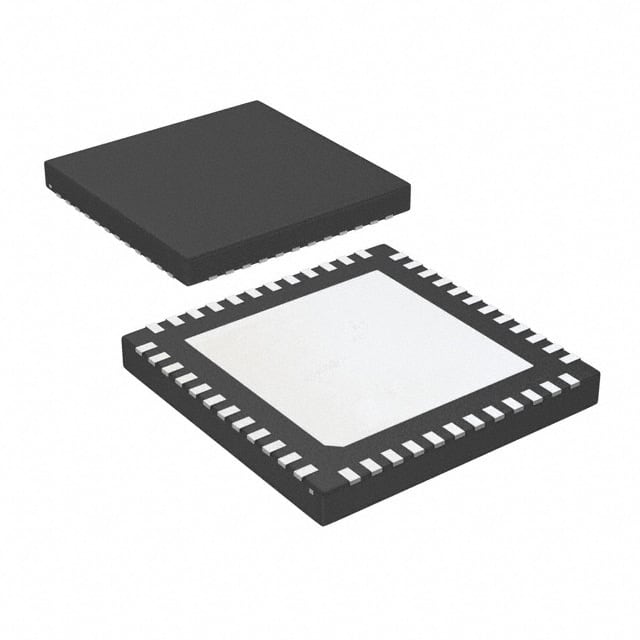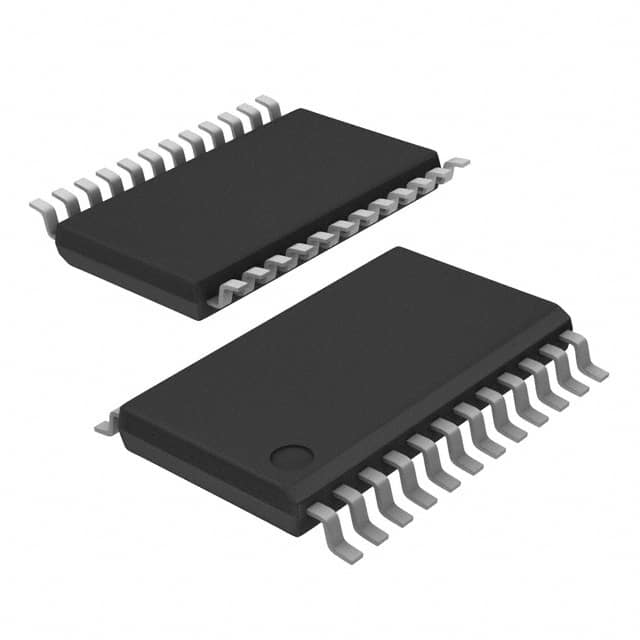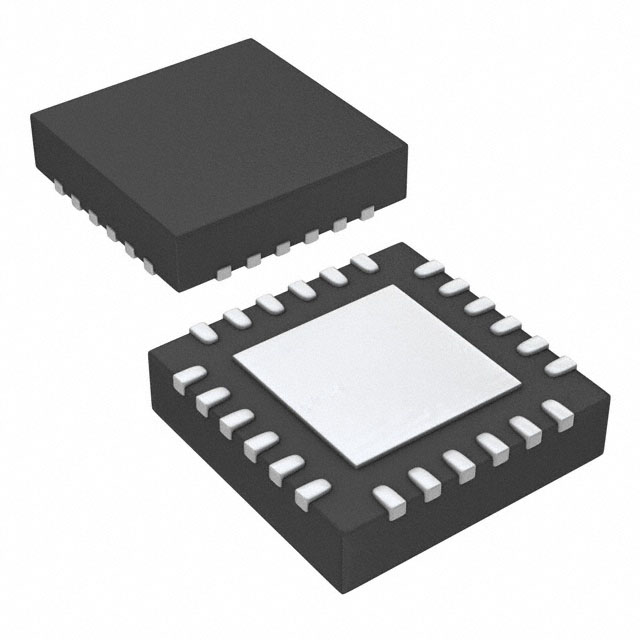LMX2581SQE/NOPB Product Introduction:
Texas Instruments Part Number LMX2581SQE/NOPB(Clock/Timing - Clock Generators, PLLs, Frequency Synthesizers), developed and manufactured by Texas Instruments, distributed globally by Jinftry. We distribute various electronic components from world-renowned brands and provide one-stop services, making us a trusted global electronic component distributor.
LMX2581SQE/NOPB is one of the part numbers distributed by Jinftry, and you can learn about its specifications/configurations, package/case, Datasheet, and other information here. Electronic components are affected by supply and demand, and prices fluctuate frequently. If you have a demand, please do not hesitate to send us an RFQ or email us immediately sales@jinftry.com Please inquire about the real-time unit price, Data Code, Lead time, payment terms, and any other information you would like to know. We will do our best to provide you with a quotation and reply as soon as possible.
Introducing the Texas Instruments LMX2581SQE/NOPB, a high-performance, low-power frequency synthesizer designed to meet the demanding requirements of modern communication systems. With its advanced features and versatile application fields, this product is set to revolutionize the industry.
The LMX2581SQE/NOPB boasts an impressive frequency range of 10 MHz to 15 GHz, making it suitable for a wide range of applications including wireless infrastructure, radar systems, and satellite communications. Its ultra-low phase noise and spurious performance ensure exceptional signal quality, enabling seamless communication even in the most challenging environments.
One of the key features of the LMX2581SQE/NOPB is its flexible architecture, which allows for easy integration into existing systems. Its wideband VCO and fractional-N PLL enable precise frequency synthesis, while the integrated voltage-controlled oscillator (VCO) eliminates the need for external components, reducing system complexity and cost.
Furthermore, the LMX2581SQE/NOPB offers excellent power efficiency, consuming only 100 mW of power in normal operation. This makes it an ideal choice for battery-powered devices, where power consumption is a critical factor.
In summary, the Texas Instruments LMX2581SQE/NOPB is a cutting-edge frequency synthesizer that combines high performance, flexibility, and power efficiency. With its wide frequency range and exceptional signal quality, it is the perfect solution for a variety of applications in the wireless communication industry.
Clock Generators are circuits or devices used to generate stable and precise pulses of electrical signals. The clock signal generated by it provides a unified time benchmark for various electronic devices, ensuring that the components of the device can synchronize operations and actions.PLL (Phase Locked Loop and phase-locked Loop) is a kind of circuit is used to control the frequency and Phase. It can convert the frequency and phase of an input signal into the frequency and phase of another output signal to realize the synchronization of frequency and phase. Frequency Synthesizers are devices that use one or more standard signals to generate a large number of discrete frequency signals through various technical approaches. It can realize precise control and adjustment of frequency to meet the needs of different application scenarios.
Application
Clock Generators are widely used in computer chips, digital circuits, radio communication, audio and video equipment and other electronic equipment. The clock signal generated by it is the basis for the normal operation of these devices, ensuring the stable transmission and processing of data. PLL (phase-locked Loop) is mainly used to detect and track the frequency and Phase of the input signal and convert it into a stable output signal. It can change the frequency of the input signal to achieve a specific purpose, such as signal synchronization, frequency conversion, etc. Frequency Synthesizers generate a series of high-precision frequency sources with a certain frequency interval through synthesis technology to provide the required frequency signals for various electronic devices. It is widely used in applications requiring accurate frequency control, such as radar, communications, electronic countermeasures and other fields.
FAQ about Clock/Timing - Clock Generators, PLLs, Frequency Synthesizers
-
1. What is a PLL frequency synthesizer?
A PLL frequency synthesizer is a device that generates multiple output frequencies using phase-locked loop technology. Its core function is to generate different multiples of frequencies from a single reference frequency. This method is widely used in radio frequency (RF) communication systems, especially in generating local oscillator (LO) signals for up-conversion and down-conversion of RF signals.
The working principle of a PLL frequency synthesizer is based on phase-locked loop technology, which includes key components such as phase/frequency detector (PFD), loop filter, and voltage-controlled oscillator (VCO).
-
2. What is the difference between a PLL and a synthesizer?
The main difference between a PLL (phase-locked loop) and a synthesizer lies in their functions and application scenarios. PLL is mainly used to achieve phase locking of the output signal with the input signal, while a synthesizer is used to generate output signals of multiple frequencies.
PLL (Phase Locked Loop) is a circuit used to lock the phase. It consists of three main parts: a phase detector (PD), a low-pass filter (LPF), and a voltage-controlled crystal oscillator (VCO).
A synthesizer is a device used to generate output signals of multiple frequencies. It realizes the frequency synthesis function by adding a frequency divider on the basis of PLL. Synthesizers can be divided into integer frequency synthesizers and fractional frequency synthesizers.
-
3. How does PLL increase frequency?
PLL (phase-locked loop) is usually used to increase or decrease the frequency of a signal. Increasing the frequency usually involves increasing the value of the feedback divider, while decreasing the frequency involves increasing or adjusting the gain followed by a divider.
 Lead free / RoHS Compliant
Lead free / RoHS Compliant












